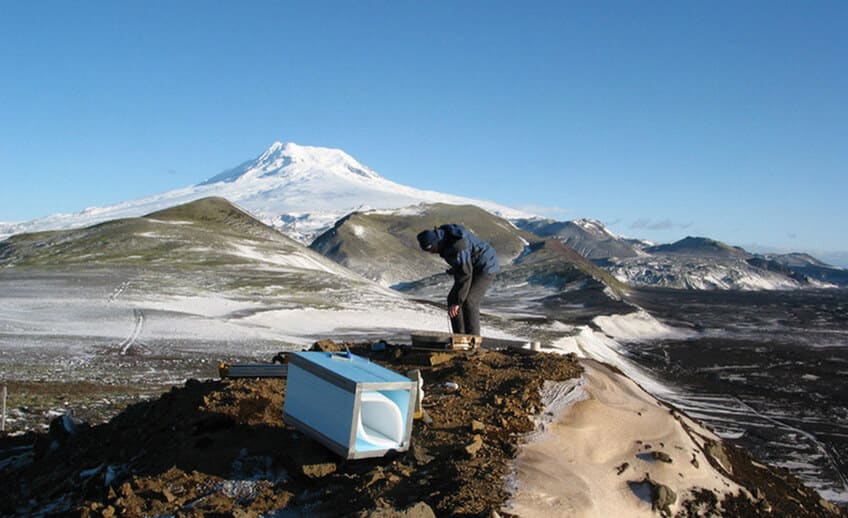Monitoring Well
Monitoring wells are mainly used for monitoring the groundwater level as well as to get an analysis of the quality of water. They are usually drilled into the ground and have a small diameter. In addition, monitoring wells are mostly drilled around Superfund sites or a hazardous waste management facility to get groundwater samples for various purposes such as a biological, physical and chemical analysis that help determine the types, amounts, and distribution of the contaminants found in the groundwater below the site.
Water that penetrates the earth’s surface forming water lakes underground known as aquifers is what’s known as groundwater. Monitoring wells make it easy to monitor the level of groundwater with the use of special measuring equipment.
Aquifers ideally create an underground water reservoir in which water gets to an impenetrable material like a solid rock layer. Due to the permeability difference of the nearby soil which causes complication in the measurement of the level found within the underground reservoir, it lacks a flat level top as is the norm with surface water. Besides, aquifers have different depths, and it’s not uncommon to find multiple aquifers at varying depths within the same area. Monitoring wells are therefore bored and mainly used for level monitoring so as to learn more about water resource as well as monitor the level of the reservoirs.
Level Probe Monitoring Wells
Monitoring wells are usually made up of a small diameter borehole tube that has a penetrable screen section at the base and sealed on the earth. The groundwater level is responsible for the rise and fall of the water in the tube which paves the way for level monitoring of groundwater.
However, certain factors affect the level at the exact monitoring point. These factors are due to:
- Seasonal variations
- Extraction of local water and
- Precipitation effects
A submersible pressure transmitter, also referred to as a level probe, is then used in level monitoring with measured levels being logged over prolonged periods of time to study how the groundwater level responds to water extraction and precipitation.
Having drilled multiple monitoring wells around a given area, the groundwater level – also known as the water table – can be illustrated. Besides charting the resources of the underground groundwater, the monitoring wells are also used to monitor the pollution effects of the groundwater.
Moreover, certain factors may lead to the pollution of groundwater. These include: spill of chemicals on the surface, leaking and overfilled storage tank or by a hacky fertilizer use on any given farmland. When all the listed contaminants penetrate through to the aquifer through the soil’s surface, they lead to an increase in level.
Importance of Monitoring Wells
As long as water passes the surface of the earth, it’ll continue to go deeper underground to the reservoirs. As such, monitoring wells are more likely to indicate high levels form one well to the other regardless of whether they are in the same are or not due to the underground water movement.
Monitoring wells are usually used in the calculation of the amount of water that can be extracted from any given reservoir without overusing the same resource as well as the flow of the subterranean water.
That said, monitoring wells are very crucial in the:
- visualization and monitoring of groundwater storage and underground movement
- to prevent contaminated water from being used for irrigation or consumption
- keep track and control of whether water resources are being sustainably exploited
If you are looking for a company that can help you drill monitoring wells, then you’ve got us. Call us today and let’s drill your monitoring well.

